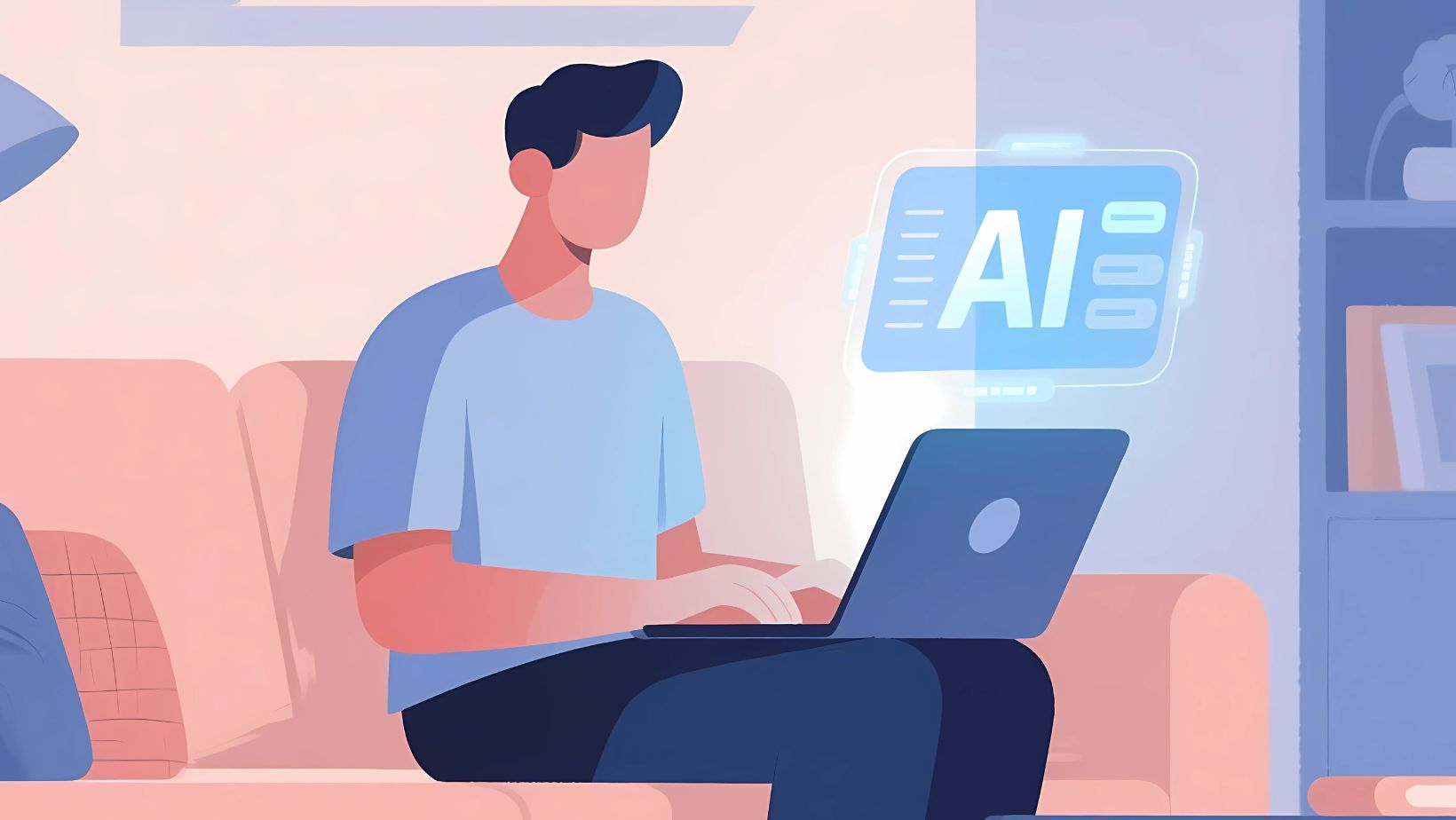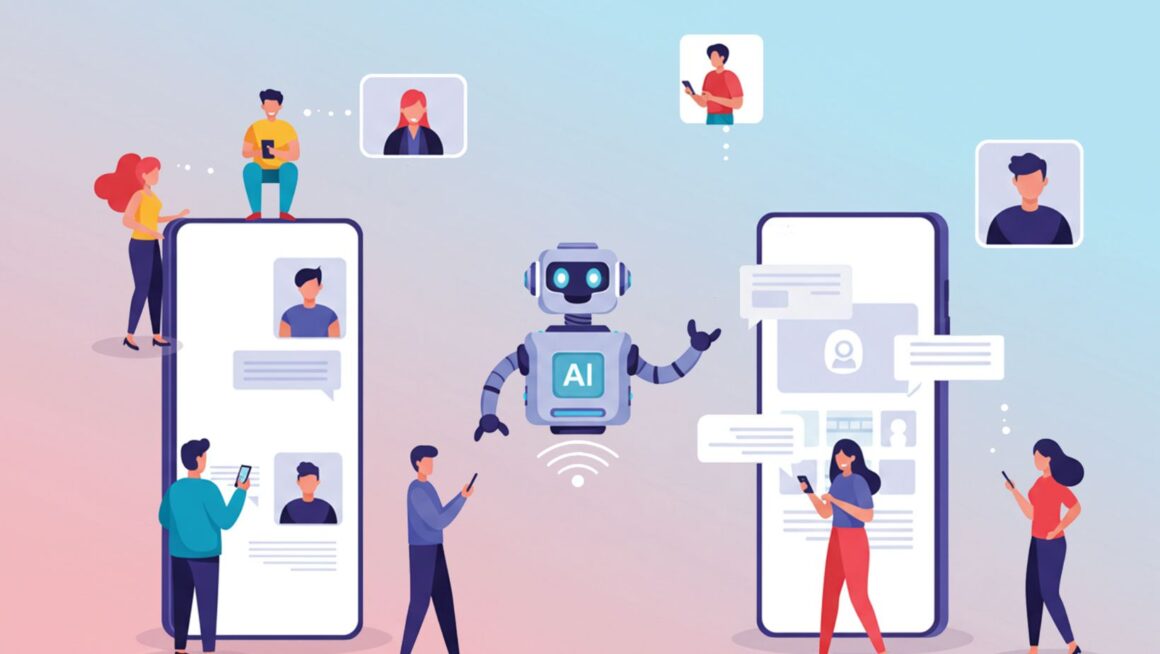AI pornography websites now number more than 50 and keep multiplying. The digital world faces new ethical challenges from this technological revolution. Research shows that 98 percent of online deepfake videos are pornographic, and women become targets in almost all instances.
The synthetic media landscape has changed drastically in the last two years as AI creates more sophisticated porn. Deepnude AI and similar tools have sparked a booming industry of digital adult content. These platforms now attract hundreds of thousands of paid subscribers. Millennials and Gen Z consume more porn than other age groups and show greater willingness to try AI-generated content.
The law struggles to catch up with these advances. The Senate plans to review legislation that would make sharing non-consensual AI porn illegal and give victims legal options. This piece will delve into the complex relationship between consent and digital rights in AI pornography. We need to understand both the technical potential and moral questions this fast-changing technology raises.
The Rise Of AI-Generated Pornography
AI-generated pornography emerged in the late 2010s and altered the map of adult content. This synthetic content comes from artificial intelligence algorithms instead of human performers. AI technologies have made this type of content more available, and users have generated about 213 million DeepNude images since it started.
How AI Generates Porn Today
Sophisticated algorithms like Generative Adversarial Networks (GANs) and text-to-image models power AI pornography. These systems learn patterns, textures, and anatomical structures by analyzing huge image datasets. Most platforms let users generate images (80.6%), while others create videos (41.7%) or alter existing content.
Users can customize their content through feature selection (97.2%) or text prompts (72.2%). They pick body features (72.2%), clothing (75%), and social traits (27.8-86.1%). The settings and lighting choices range from 11.1% to 63.9%. This customization has transformed how people create and consume adult content.
From Deepnude AI To Full-Scene Generation
DeepNude started this transformation with simple AI that could digitally undress images of clothed women. The technology grew more sophisticated and now creates original pornographic scenes without needing existing footage.
Dedicated websites gained massive popularity by 2023 and offered better capabilities. Stable Diffusion’s 2022 release let users create explicit images from text prompts, though it warned against sexual imagery. DeepSwap charges users $19.99 monthly for premium features like AI video generation and higher-quality outputs.
The Shift From Performers To Algorithms
Algorithms now generate more adult entertainment content than human performers. This change brings several benefits: it removes legal and ethical issues about human exploitation, cuts production costs, and creates safer production environments.
AI algorithms study user data to create content that matches individual priorities. The technology keeps improving and now includes AI chatbots for conversation and voice interaction. In spite of that, experts believe some human performers and celebrities will stay relevant on platforms like OnlyFans by offering unique customized experiences.
Consent In The Age Of Synthetic Media
Consent changes fundamentally when algorithms replace humans. Studies show that 90-95% of deepfake videos are non-consensual pornography, and 90% target women.
What Does Consent Mean In AI Porn?
Standard definitions of consent don’t work well in today’s digital world. Ethics experts point out that getting clear informed consent needs more than just a release form.

People should understand how their images might be digitally recreated years after taking the original photo. AI-generated porn violates consent inherently when it uses people’s images without their knowledge and explicit permission.
The Problem With Matched And Unmatched Deepfakes
Deepfakes create problems in two ways: they target specific individuals or combine random features. Both raise serious concerns. Research shows that 64% of people who saw sexual deepfakes said they showed celebrities. A more worrying statistic reveals that 15% featured someone they knew personally. Women journalists face frequent attacks through sexualized deepfakes. These attacks not only demean the victims but might discourage critical journalism.
Legal Gray Areas Around Image Rights
Technology moves faster than laws, leaving the regulatory scene in chaos. While 39 states have introduced laws against non-consensual deepfakes, enforcement remains tricky. Courts struggle with jurisdiction issues and proving harmful intent. California took the lead with AB 602 in 2019. This law punishes pornographic deepfakes directly and allows victims to claim statutory and punitive damages.
Case Studies Of Non-Consensual AI Content
David Tatum’s case shows how dangerous AI can be. This child psychiatrist faced conviction for using AI to turn old childhood photos into pornographic images. A victim in her 40s shared her experience: “It’s a very strange and unsettling realization that, as an adult woman in her 40s, I became a victim of child pornography”. High school incidents pushed federal action further. The ‘Take It Down’ Act now makes it criminal to publish sexually explicit images knowingly, whether they’re real or digitally altered.
Digital Rights And Legal Frameworks
Lawmakers can’t keep pace with AI pornography’s rapid evolution beyond current regulations. Different jurisdictions take varied approaches to these unprecedented challenges in this fragmented legal landscape.
Current Laws On Deepfakes And AI Porn
The federal “Take It Down Act” became law in May 2025. This law makes sharing non-consensual AI-generated pornography a crime. The bipartisan legislation passed with near-unanimous support. It prohibits distribution of “digital forgeries” – AI-created intimate images – without consent. More than half of U.S. states now have laws that ban deepfake pornography. To cite an instance, California’s law makes it illegal to create and distribute computer-generated sexually explicit images that cause emotional distress. Florida treats these cases as third-degree felonies. States like Hawaii, Indiana, and Texas have similar laws in place.
Section 230 And Platform Liability
Section 230 of the Communications Decency Act protects websites from liability when users post content. Congress has introduced new bills that would remove this protection if the activity “involves the use or provision of generative artificial intelligence”. A bill from 2025 suggests Section 230 should end by December 1, 2025. The bill’s authors say they “don’t want Section 230 to actually sunset” but rather push for “a long-term reform solution”.
Age Verification And Section 2257 Compliance
Adult content platforms must meet stricter age verification standards. Several U.S. states now require “reasonable” verification methods that often need government ID checks. Federal “2257 regulations” require producers to keep age verification records for every performer in sexually explicit content. These rules also apply to “computer-manipulated images of actual human beings”.
Challenges In Regulating Fictional But Realistic Content
AI-generated adult content creates unique regulatory challenges. The 2002 Supreme Court decision (Ashcroft v. Free Speech Coalition) gives some First Amendment protection to virtual pornography without real participants. AI porn created without real people’s likenesses might avoid certain rules. However, platforms that allow users to upload images face major compliance issues.
Ethical Dilemmas And Societal Impact
Objectification And Feminist Concerns
AI pornography raises major feminist concerns. Research shows that deepfakes are overwhelmingly used to create non-consensual pornography – 96% of all cases target women without their consent. This stark gender imbalance points to systemic problems with objectification. AI algorithms show inherent gender bias when they consistently flag women’s images as more sexually suggestive than similar images of men. These biases become part of content moderation systems.
Addiction And Tailored Content
AI pornography creates unique addiction risks by offering content tailored to each user’s desires. Many users find real-life intimacy nowhere near as satisfying after exposure to AI-generated content. Users often develop porn-induced erectile dysfunction and lose interest in real relationships. Young people from Gen Z are almost three times more likely to watch AI-generated adult content than other age groups. This trend raises red flags about its effects on sexual development.
Platform’s Responsibility In Content Control
Tools like Azure AI Content Safety help detect harmful material. These systems look for sexual content, violence, and hate speech at different levels of severity. AI romance apps use both human moderators and AI tools as ethical safeguards. Yet content moderation lacks consistency between different platforms.
AI Porn And Ethics: A Complex Debate
The debate about ethical AI pornography continues. Some experts believe properly labeled, consensual AI-generated content might reduce exploitation in traditional porn. Others argue that AI pornography objectifies women no matter how it’s implemented. Yes, it is possible that “porn literacy” could help – teaching people realistic expectations and responsible viewing habits.
Conclusion
AI-generated pornography sits at the crossroads of innovation and ethical limits. This piece shows how smart algorithms create realistic sexual content without human performers. This new reality challenges what we know about consent and exploitation.
The legal system just can’t keep up. Recent laws like the “Take It Down Act” and state rules don’t match technology’s rapid growth. Section 230’s protections make platform accountability harder, though new reforms might alter the digital world soon.
Women face the brunt of this problem. Most non-consensual deepfakes target women, which shows society’s deeper problems with objectification and exploitation. These problems are systemic and go beyond individual cases.
On top of that, customized AI pornography’s effect on the mind raises questions about addiction and relationship expectations, especially for young people. Gen Z shows much higher involvement with AI-generated content. This is a big deal as it means that sexual development and intimacy might change forever.
People still debate whether ethical AI porn can exist. Some say well-labeled, consensual AI content might reduce exploitation in traditional porn. Others believe objectification remains whatever the implementation details.
The work to be done needs lawmakers, platforms, and society to work together. We need clear rules, better content filtering, and improved “porn literacy” as technology moves forward. The fuzzy line between consent and digital rights needs our focus now, before AI content revolutionizes our relationships.

